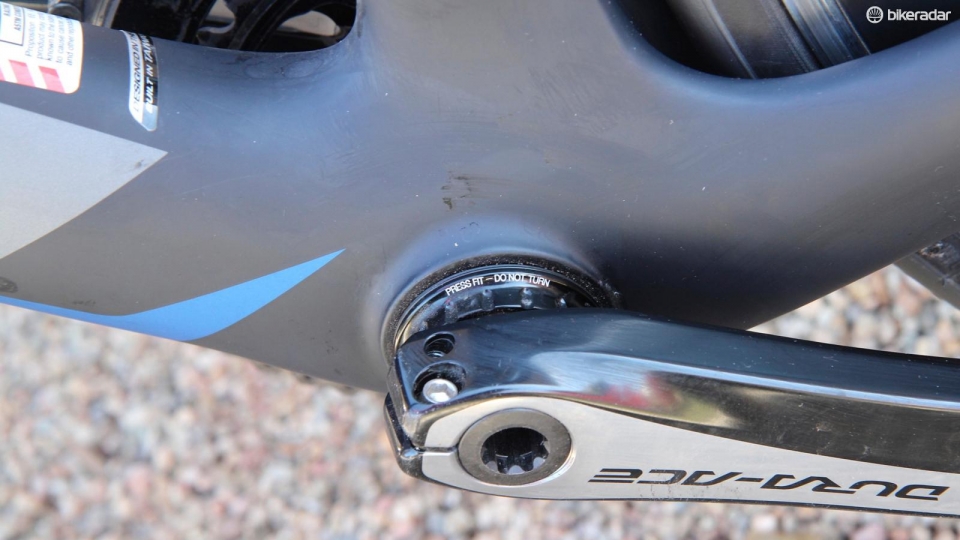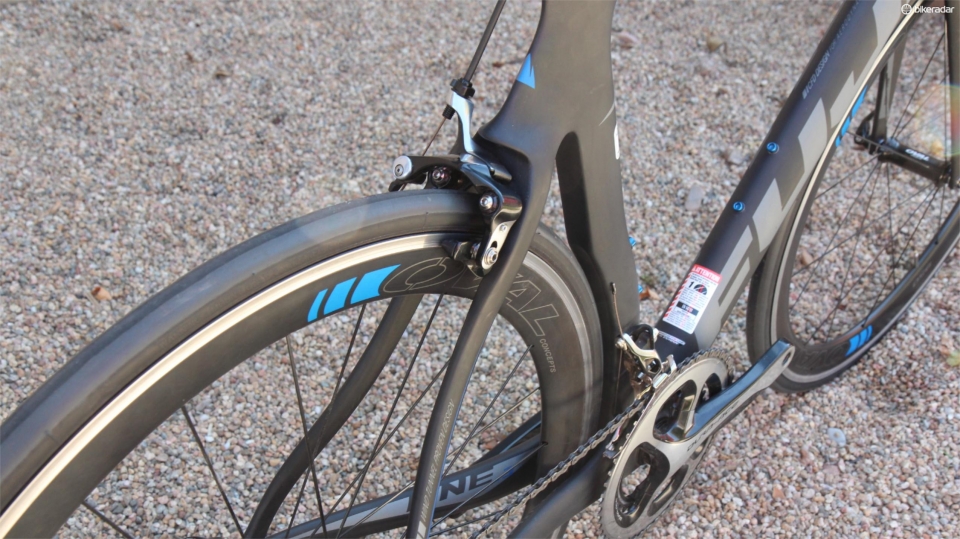You can trust Cyclingnews
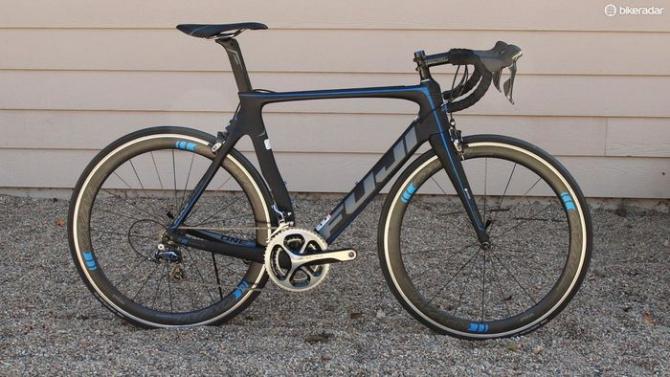
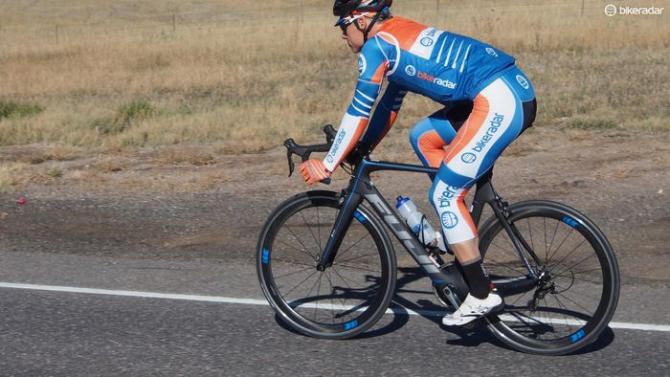
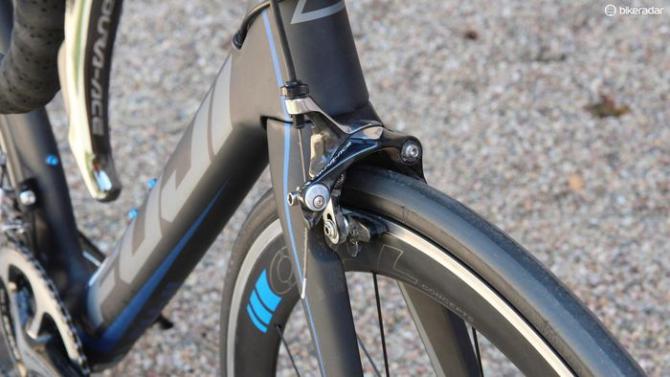
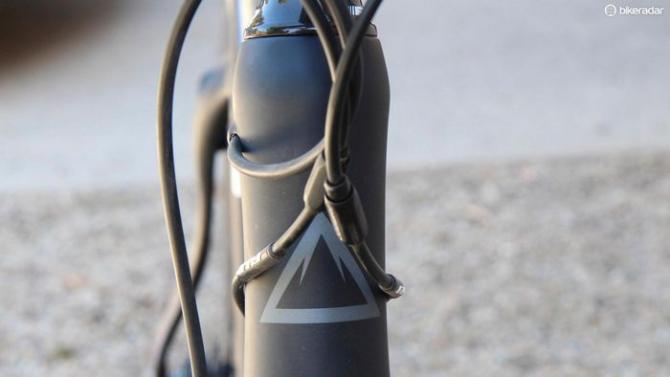
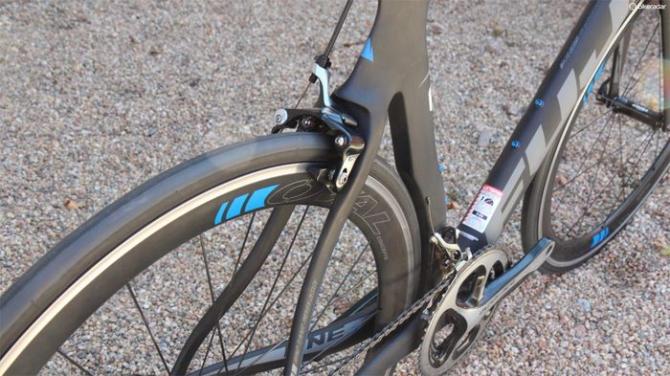
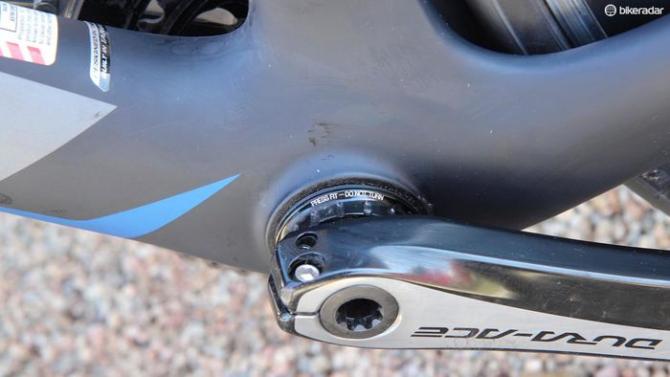
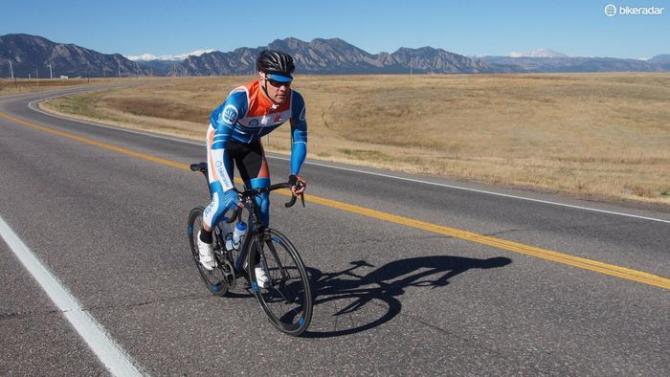
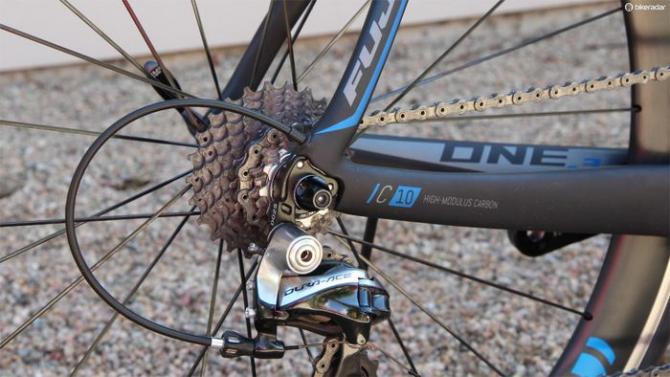
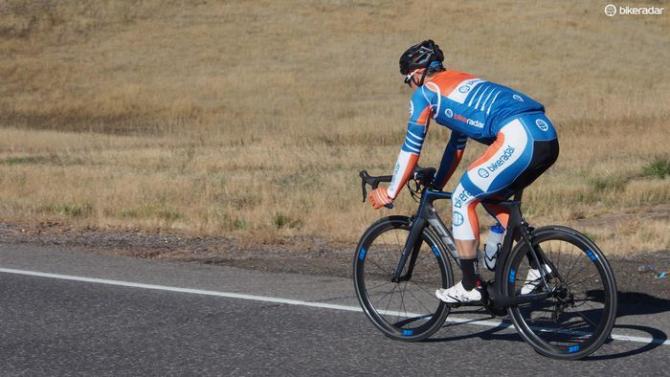
This article originally appeared on BikeRadar
Let's get right down to it: with a complete Shimano Dura-Ace 9000 group, the Fuji Transonic 1.3 is a good deal. While the use of house-brand wheels and cockpit nod to its keen pricing, the Transonic is a legitimate aero race bike. It debuted at the 2014 Tour de France with the NetApp-Endura team, and the frameset's CFD-created and wind-tunnel-tested aerodynamics are nothing to scoff at.
Best of all, the Transonic handles well out on the road. The laterally stiff frame responds eagerly to accelerations, and while the steering is nimble, the frame doesn't beat you up the way some aero models do.
BikeRadar talked to NetApp-Endura rider David de la Cruz, who rode the bike not only for the Tour's flat stages but also for the 'Paris-Roubaix' stage 5, where riders tackled many of the cobbled stages of the famed Hell of the North. Prior to the Tour, De la Cruz rode early prototypes of the Transonic, and while he liked the overall handling and feel, he requested that Fuji beef up the stiffness at the bottom bracket, which the company did. "The best weapon of this bike and probably the biggest difference with other aero bikes is the fusion between a comfortable bike and stiff when you need," De la Cruz said. Yes, he is a sponsored rider, so take his words with a grain of salt, but we do have to agree with his overall assessment.
- Highs: Price, especially in the US; aero performance with good handling and relatively comfortable ride; wide range of sizes
- Lows: Oval cockpit and saddle aren't on par with the rest of the bike; seatpost clamp on our tester made disconcerting noises while tightening
A quick note on price by region before we jump into the review: The Transonic 1.3 is a particularly good value in the US, where a Shimano Dura-Ace 9000 group starts at US$1,500. And although the UK and AU prices are higher than a simple conversion from the US price of $4,699 (£2,986 and AU$5,255, respectively), they still put the Transonic well under say, a Trek Madone with full mechanical Dura-Ace ($7,239 / £5,900 / AU$8,999). A more apples-to-apples comparison might be Giant's Propel Advanced 1, which for 2015 comes with a complete Shimano Ultegra group for US$4,800 / £3,499 / AU$4,499.
Ride and handling: quick but not brutish
We immediately enjoyed the Transonic's responsive ride. While laterally stiff at the bottom bracket and through the stout chainstays, the bike isn't overly harsh vertically like some aero frames are. Too often, frames with huge cross-sections (and aero seatposts) transmit more road impact to the saddle and handlebars than you'd like. The Transonic feels much more like a round-tubed bike. Sprints and uphill accelerations are spirited, but the bike feels sure-footed in fast corners, even on choppy surfaces. Granted, some of this comfort and confidence could be attributed to the Oval 950 wheels' generous 25mm rim width, which splays the 23c Rubino Pro Slick clinchers out to 25.5mm. Speaking of wheels, with the 50mm tall 950 wheels, crosswinds do create side pressure, but in a stable, predictable manner.
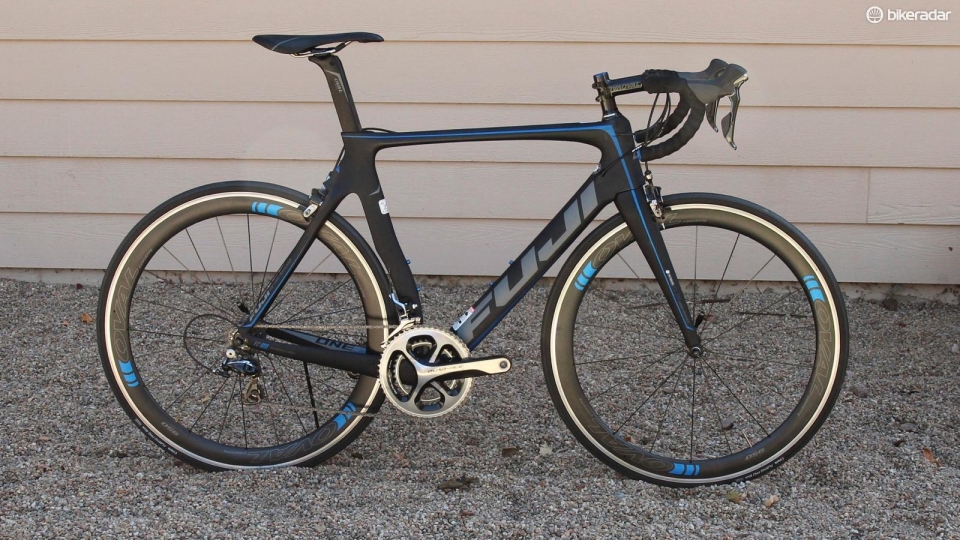
In terms of numbers, the Transonic uses straightforward race geometry, with a 73-degree head angle, tight 405mm chainstays and, on our 56cm tester, a 155mm head tube.
Frame: 118g of drag (at 30mph) shaved off, Fuji claims
In construction of the frame, Fuji's engineers took many of the lessons they learned in the wind tunnel with their latest time trial bike, the Norcom Straight, and applied them to the road. The bike is substantially faster – a claimed 118g less drag at 30mph – than the company's last aero offering, the SST. Some of the aero trickery learned from the Norcom Straight include an aerodynamically contoured head tube/fork/down tube junction, seatstays sculpted around the rear brake, a wheel-hugging seat tube and an aero seatpost with integrated seat clamp. Some new aero features include full internal cable routing (Di2 compatible) and direct-mount brakes front and rear.
Compared with some other aerodynamic frames, the Transonic is designed with wider cross-sectional frame tubes for drivetrain stiffness. An example of this is seen with the enormous asymmetrical chainstays and PF30 bottom bracket for efficient transfer of power.
